Using the Balanset-1A Instrument
Equipment Preparation
- vibration sensors, optical speed sensor, magnetic base, software package, and included accessories.
- Set up the instrument and connect it to your computer via USB. Verify that the software is correctly installed.
Setting Up the Sensors
- Fix the accelerometers securely to the machine's structure in locations where vibrations are most prominent, ideally near the bearings.
- Position the laser tachometer (phase angle sensor) so that it is aimed at the rotor. Attach reflective tape to the rotor for accurate phase angle reading.
Starting the Program
- Open the Balanset application on your PC.
- Configure the software for either single-plane or two-plane balancing, based on the rotor's characteristics and the desired outcome.
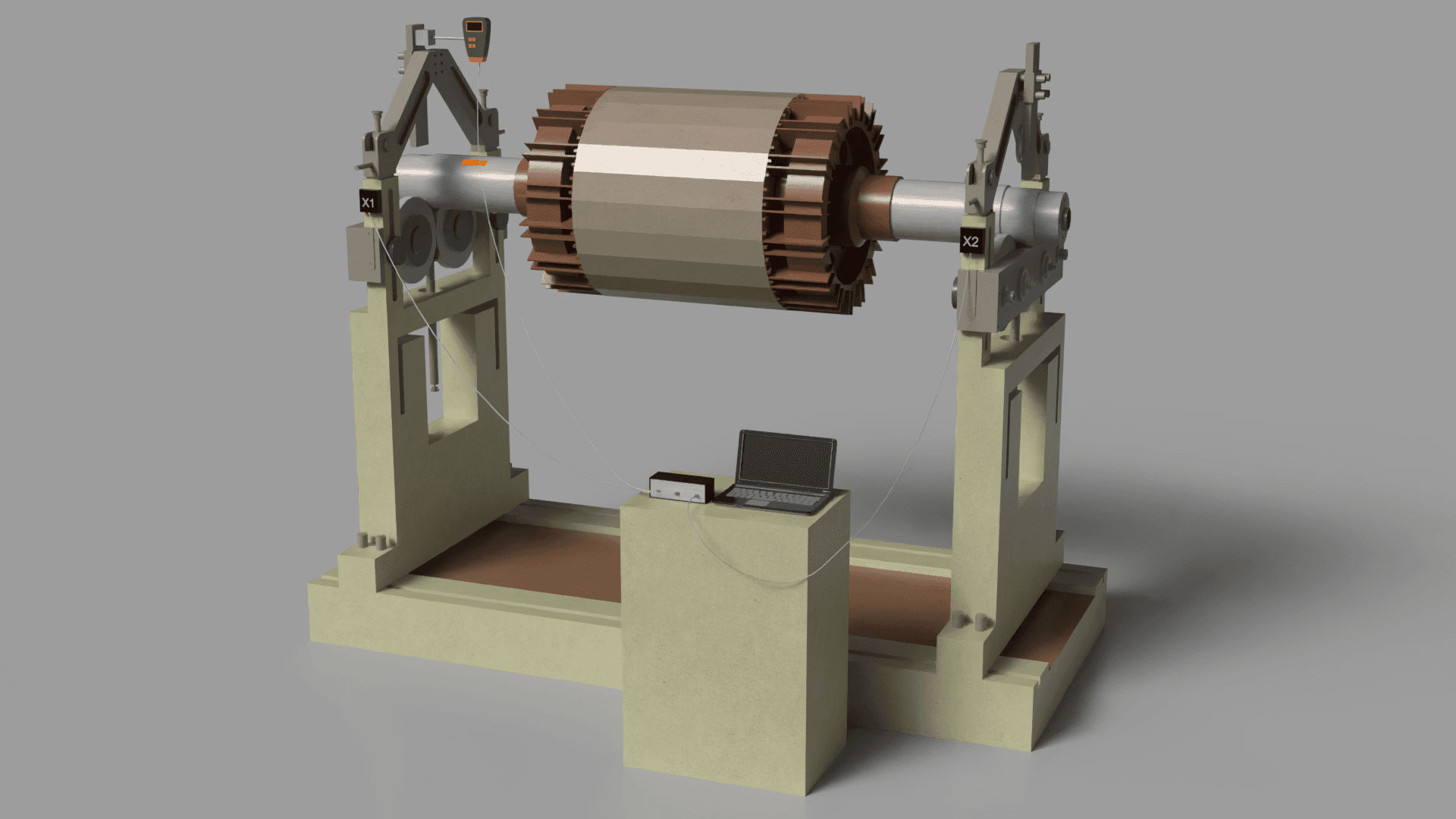
- Bring the rotor to its normal operating rotational frequency.
- The application will acquire data on vibration magnitude, rotational velocity, and phase angle to determine the initial imbalance state.
Mounting the Test Weight
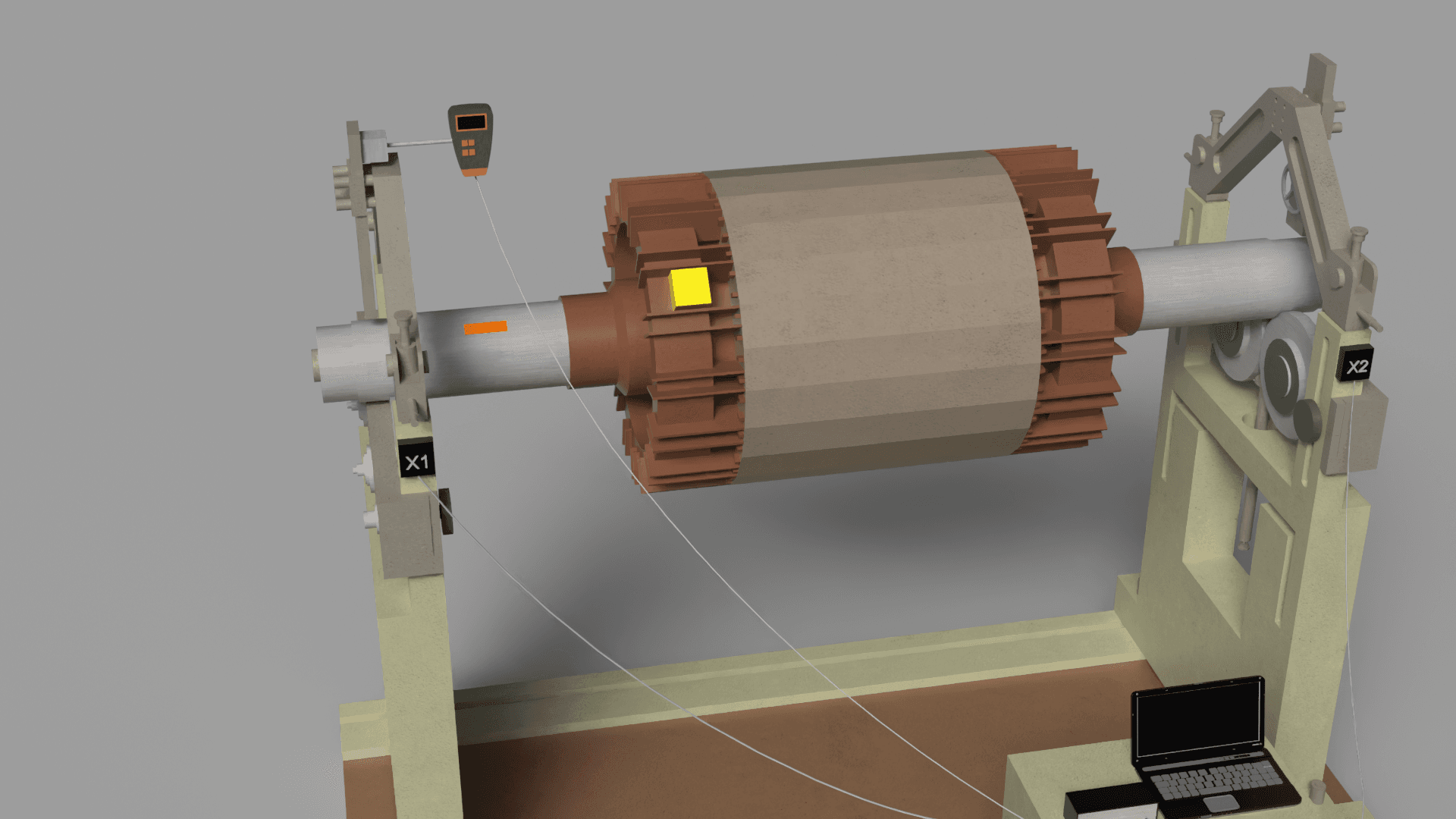
- Halt the rotation and mount a test weight at a designated position on the rotor, with the weight's value entered into the software (usually in grams).
- Run the rotor again, allowing the software to measure the effects of the trial weight on vibration and phase.
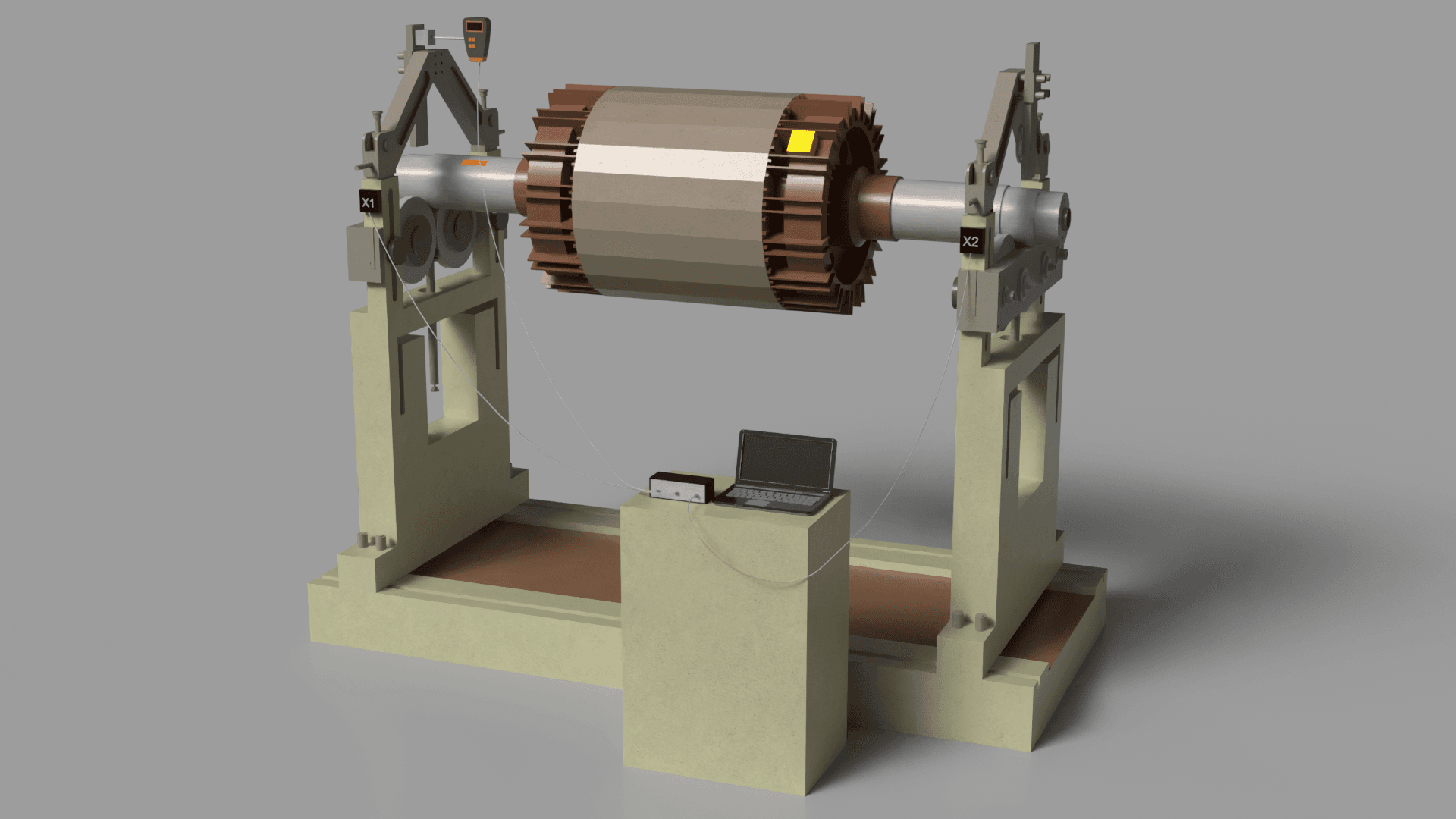
Determining the Corrective Mass
- Based on the measured data, the software automatically calculates the correction weight parameters: mass and installation angle.
- These parameters are displayed on the screen as numerical data and graphs.
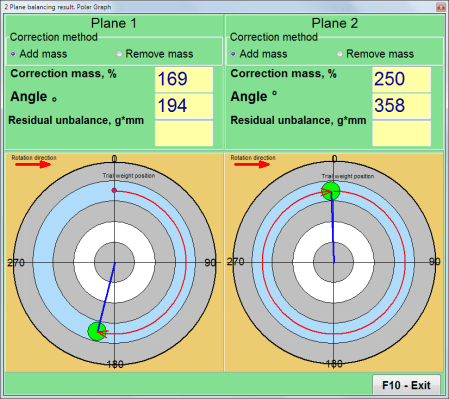
Attaching the Corrective Mass
- Install the correction weight on the rotor according to the software's calculations.
- You can conduct interim measurements to confirm that the imbalance is decreasing as expected.
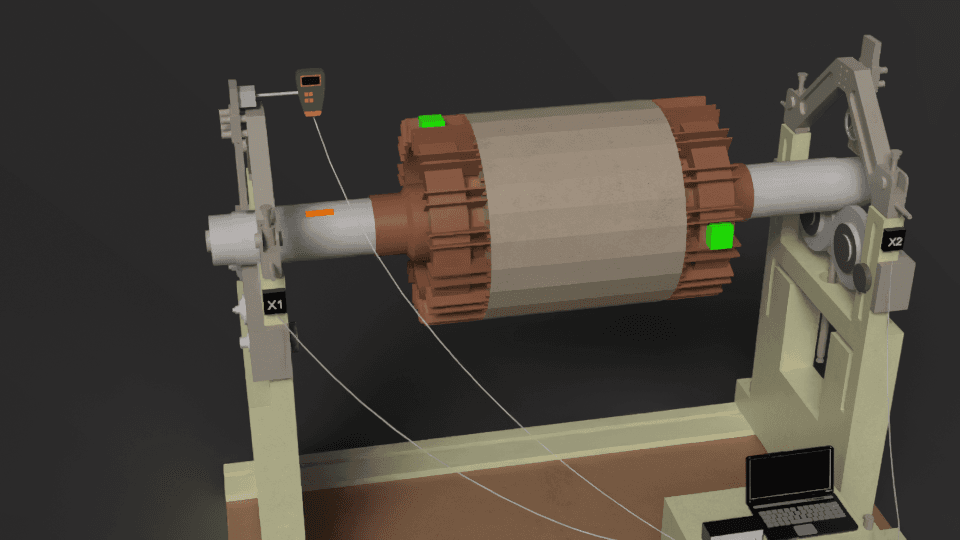
Final Check and Balance Confirmation
- After installing the correction weight, run the rotor again and check the residual vibration level.
- The balancing procedure is finished if the remaining vibration is within the permissible limits specified in ISO 1940.
- Should the vibration still be excessive, repeat the balancing steps, making further adjustments to the corrective weight as needed.
Creating a Balancing Report
- The balancing results are saved in the software's archive. You can create and print a report containing vibration data, correction weight mass, and its installation angle.
Final Recommendations
- Ensure all applied weights and attached sensors are firmly fixed in their designated positions.
- Ensure the rotor rotates smoothly and without excessive noise.
- If the rotor operates within a larger assembly, check the functionality and interplay of all interconnected parts.
Instagram: https://www.instagram.com/vibromera_ou/
Youtube : https://youtu.be/guA6XJ-ArZM?si=vmkuX7RILzKBl0zL
Our website about Electromagnetic actuators for vibration control
Machinio: https://www.machinio.com/listings/98380186-portable-balancer-vibration-analyzer-balanset-1a-full-kit-in-portugal
Facebook: https://www.facebook.com/marketplace/item/350151228150722



